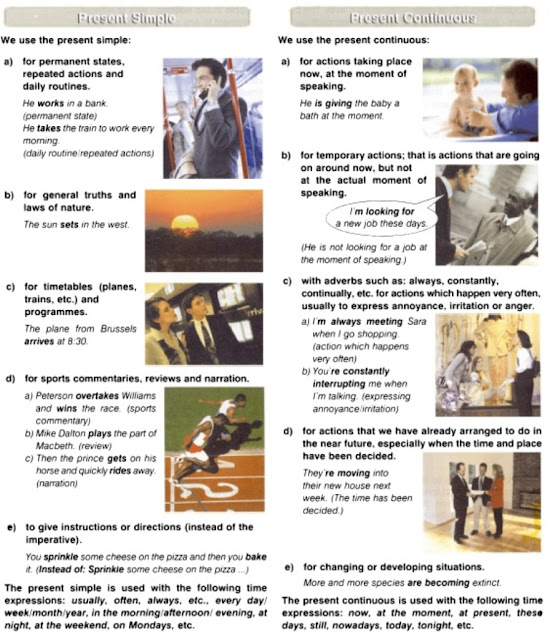Английские суффиксы
I. Суффиксы существительных:
а) обозначающих национальность, принадлежность к определенной группе людей, профессий, действующее лицо, орудие действия| — ician | academician | академик |
| — ant | assistant | помощник |
| — ent | student | студент |
| — ary | revolutionary | революционер |
| — eer | engineer | инженер |
| — ess | actress | актриса |
| — ist | typist | машинистка |
| — ive | captive | пленный |
| — or | constructor | конструктор |
| — асу | democracy | демократия |
| — age | marriage | брак |
| — ance | distance | расстояние |
| — ence | defence | оборона |
| — ancy | constancy | постоянство |
| — ency | tendency | тенденция |
| — ary | library | библиотека |
| — dom | freedom | свобода |
| — hood | brotherhood | братство |
| — ia | Georgia | Грузия |
| — ic | music | музыка |
| — ics | tactics | тактика |
| — ing | reading | чтение |
| — ion | union | союз |
| — tion | nation | нация |
| — ssion | mission | миссия |
| — sion | excursion | экскурсия |
| — ation | organization | организация |
| — ism | communism | коммунизм |
| — ium | stadium | стадион |
| — ment | experiment | опыт |
| — ness | darkness | темнота |
| — ology | biology | биология |
| — our | labour | труд |
| — re | centre | центр |
| — ship | friendship | дружба |
| — sure | pleasure | удовольствие |
| — ture | culture | культура |
| — ity | ability | способность |
II. Суффиксы прилагательных
| — able | reasonable | разумный |
| — cial | social | общественный |
| — ical | tactical | тактический |
| — ant | distant | отдаленный |
| — ent | dependent | зависимый |
| — en | golden | золотой |
| — ar | regular | регулярный |
| — ary | revolutionary | революционный |
| — ate | separate | отдельный |
| — ian | Georgian | грузинский |
| — ible | visible | видимый |
| — ic | academic | академический |
| — i | Iraqi | иракский |
| — ile | mobile | подвижный |
| — ish | English | английский |
| — ive | active | активный |
| — ful | useful | полезный |
| — less | useless | бесполезный |
| — like | manlike | мужественный |
| — ly | friendly | дружественный |
| — y | cloudy | облачный |
| — ous | mountainous | гористый |
III. Суффиксы глаголов:
| — ate | dominate | доминировать |
| — en | soften | смягчать |
| — ify | identify | идентифицировать |
| — ise | economise | экономить |
IV. Суффикс наречий
| — lу | easily | легко |
| — ward(s) | backwards | назад |
| — wise | clockwise | по часовой стрелке |
V. Суффиксы числительных
| — teen | fourteen | четырнадцать |
| — ty | forty | сорок |
| — th | the fourth | четвертый |
Префиксы в английском языке
| un- | unpleasant | неприятный |
| en- | enlarge | увеличивать |
| dis- | disagree | не соглашаться |
| de- | degrade | деградировать |
| il-, im-, ir-, in- | indefinite, impossible | неопределенный, невозможный |
| non- | non-stop, non-smoker | беспосадочный, некурящий |
| re- | to rewrite | переписывать |
| con- | contemporary, consist of | современный, состоять из |
| mis- | misunderstand | неправильно понять |
| pre- | prevent | предотвращать |
| post- | postgraduate | аспирант |
| sub- | submarine | подводная лодка |
| super- | supernatural | сверхъестественный |
| inter- | international | международный |
| over- | overweight | избыточный вес |
| under- | underwear | нижнее бельё |
| fore- | foresee, foretell, forecast | предвидеть, предсказывать, прогнозировать |





